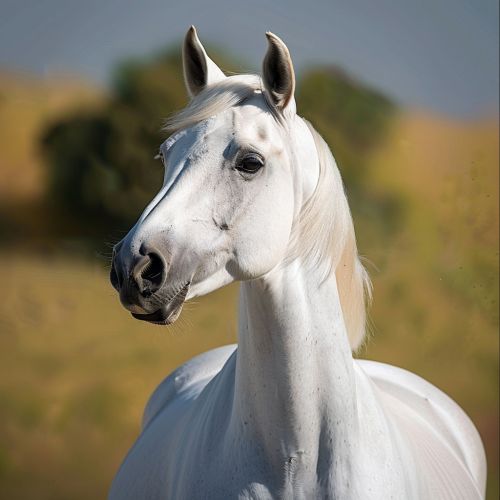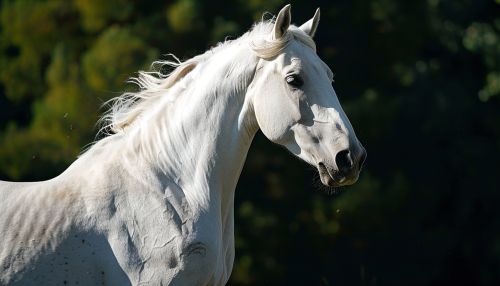Andalusian
Introduction
The Andalusian is a pure Spanish horse breed from the Iberian Peninsula, where its ancestors have lived for thousands of years. The Andalusian has been recognized as a distinct breed since the 15th century, and its conformation has changed very little over the centuries. Throughout its history, it has been known for its prowess as a war horse, and was prized by the nobility.


History
The Andalusian horse has a rich and extensive history that dates back to prehistoric times. Cave paintings in Spain show images of horses with Andalusian-like conformation, suggesting that the breed has been present on the Iberian Peninsula for thousands of years. The breed's ancestors include the Sorria Horse, a prehistoric horse of Spain and Portugal, and the Barb horse, brought to Spain by the Moors.
Characteristics
Andalusians are known for their strong and muscular build, elegant movement, and kind temperament. They are typically gray or white in color, although they can also be bay or black. They have long, thick manes and tails, and their coat has a distinct sheen. The breed is known for its agility and speed, as well as its ability to learn complex tasks quickly.
Uses
Historically, Andalusians were used as war horses and were prized by nobility. Today, they are used in a variety of equestrian activities, including dressage, show jumping, and driving. They are also popular in the film industry due to their striking appearance and trainable nature. In Spain, they are often used in traditional Spanish riding schools and for bullfighting.
Breeding and Preservation
The breeding and preservation of the Andalusian horse is overseen by the Royal Andalusian School of Equestrian Art, a riding school in Jerez de la Frontera, Spain, that also functions as a breeding center for Andalusian horses. The school follows strict breeding guidelines to ensure the purity and quality of the breed.
